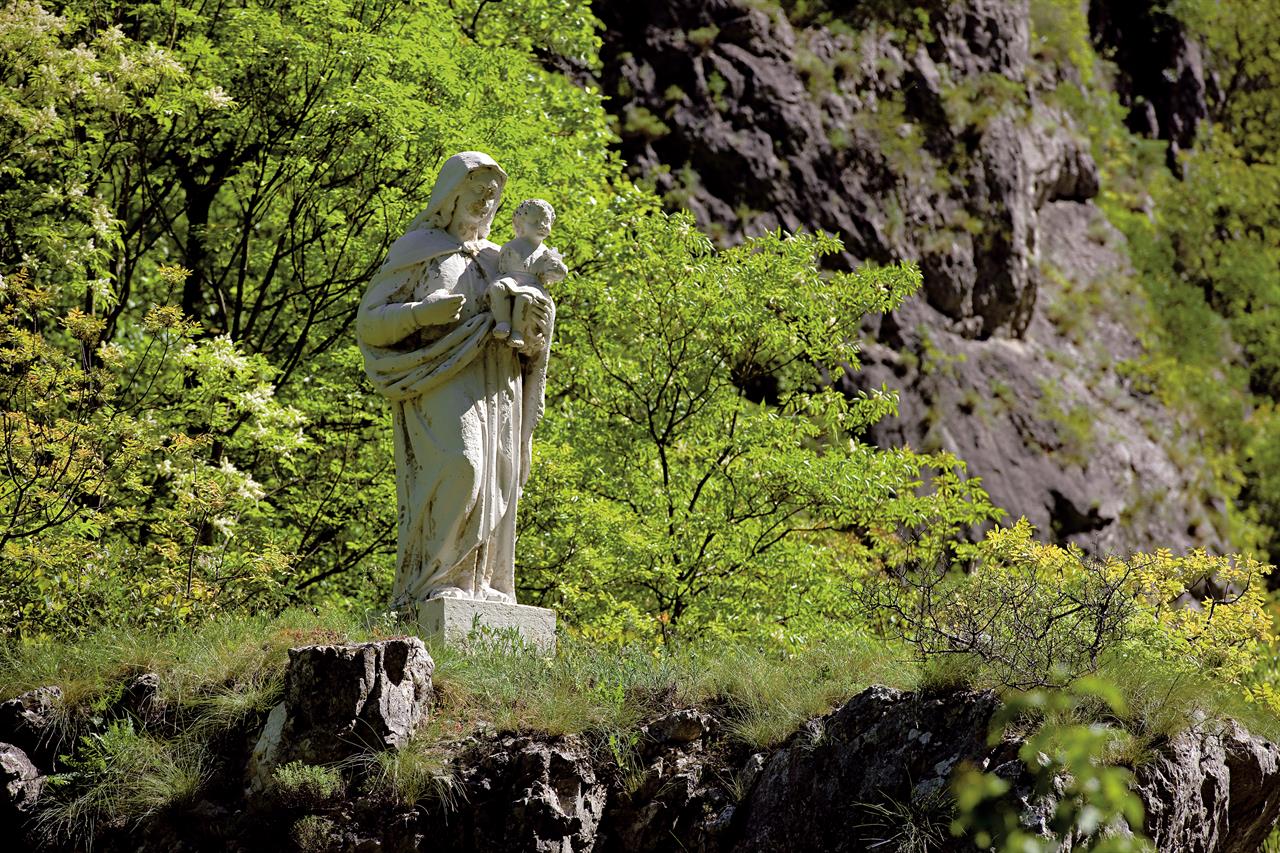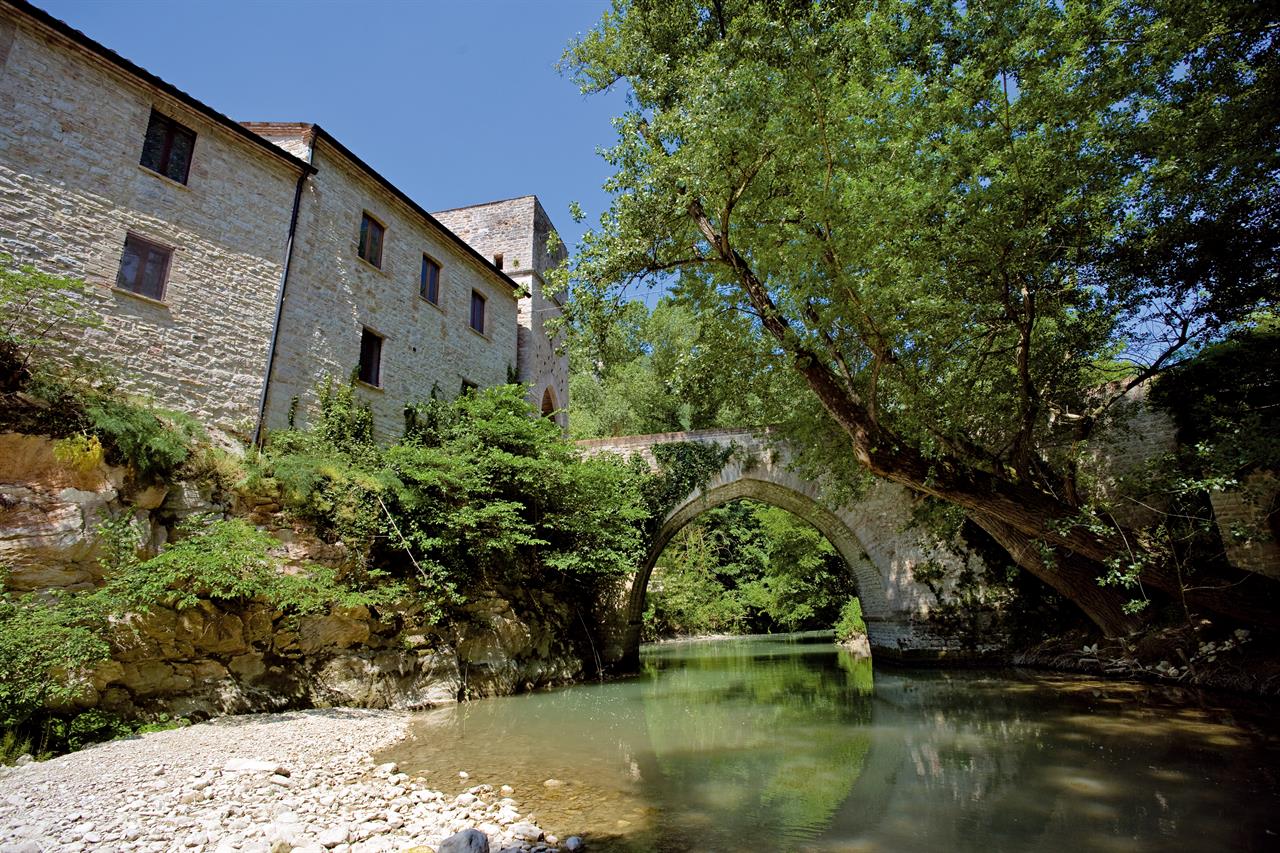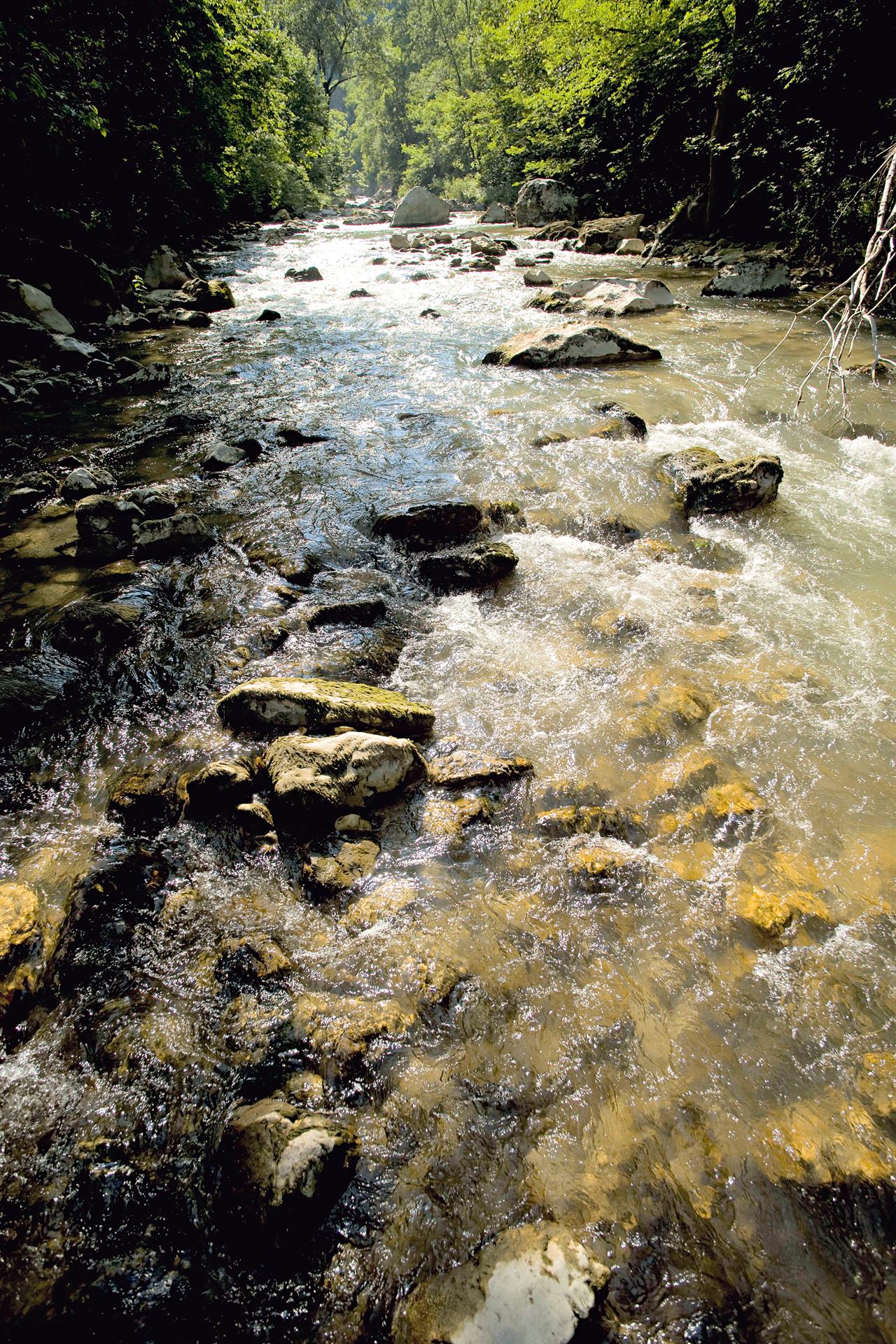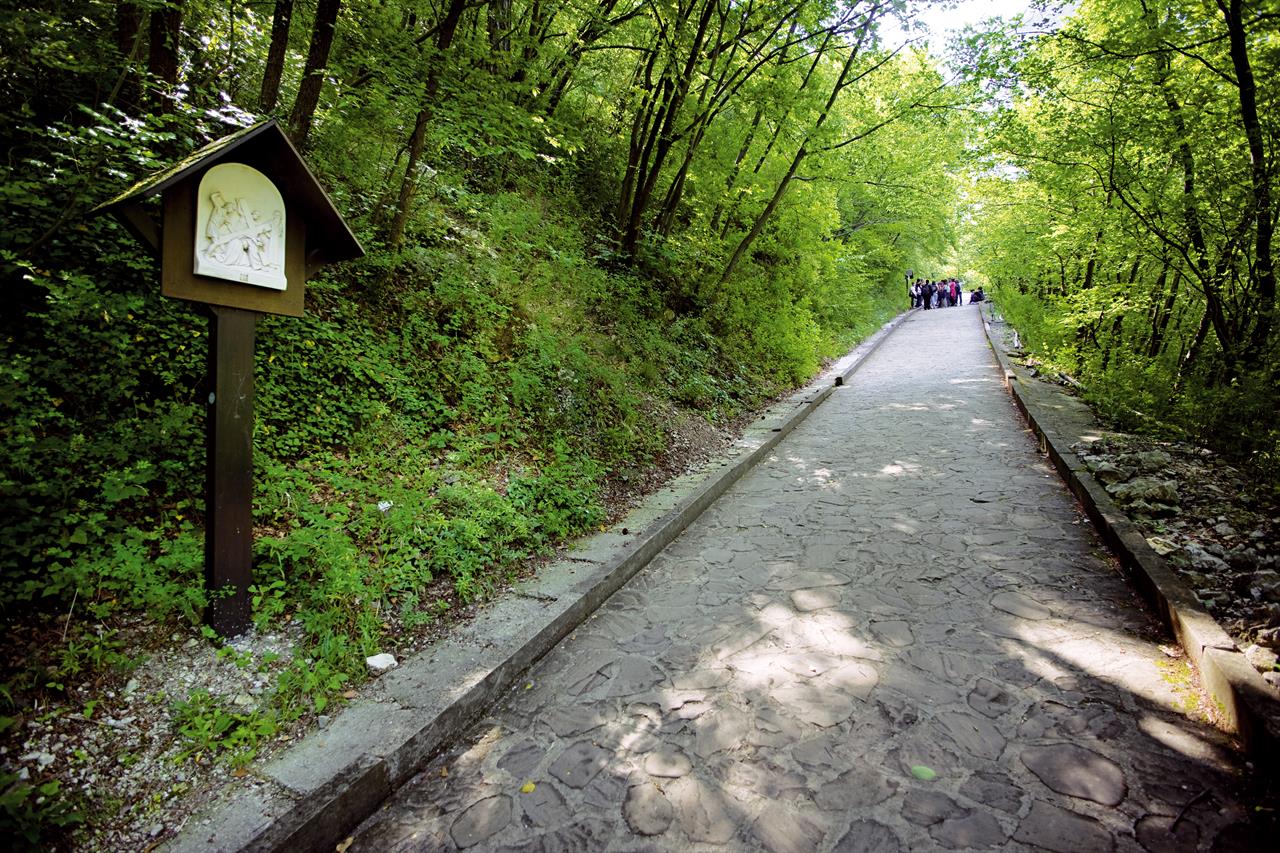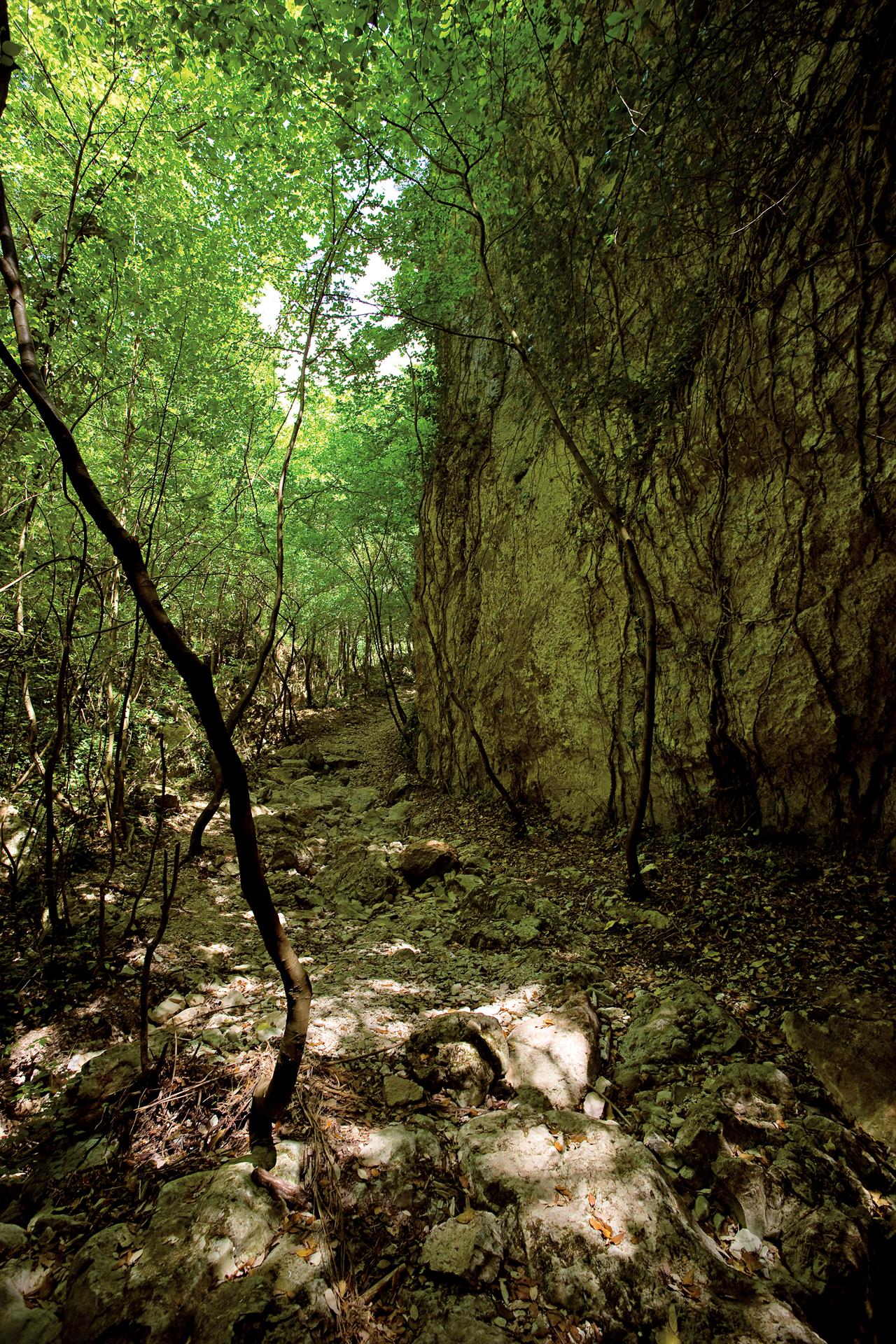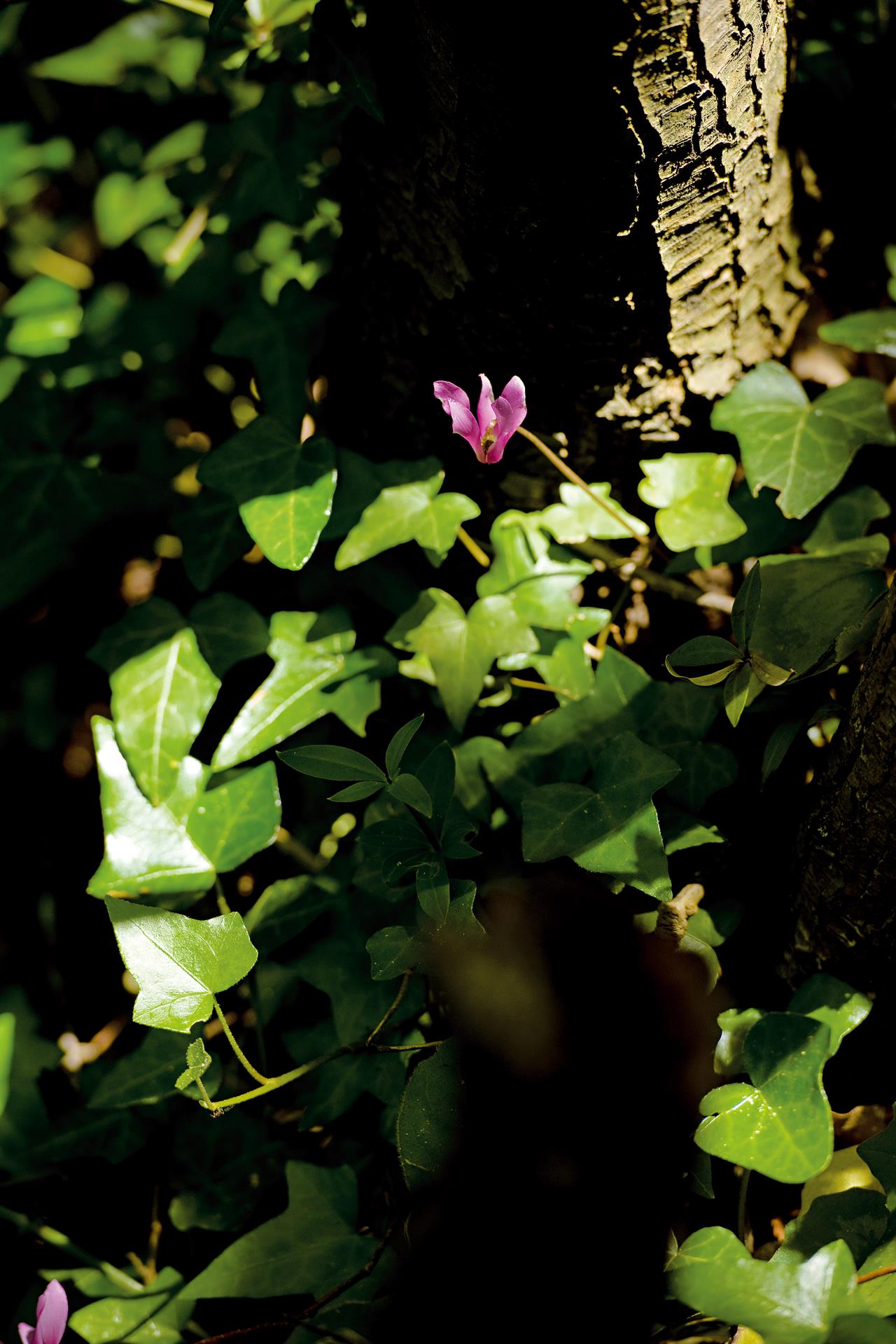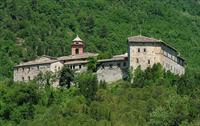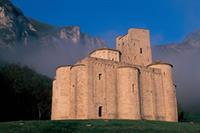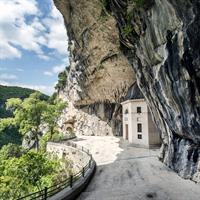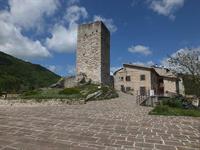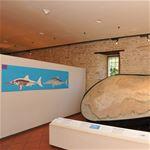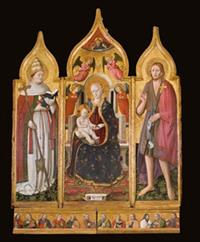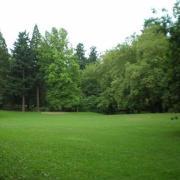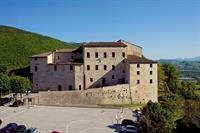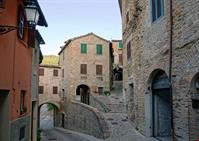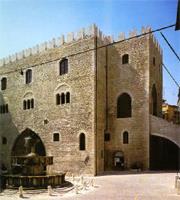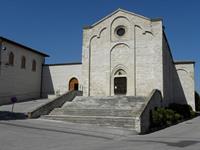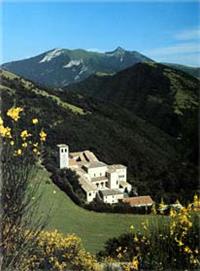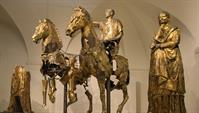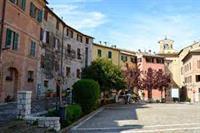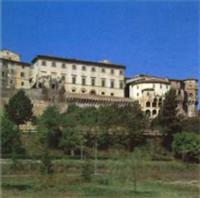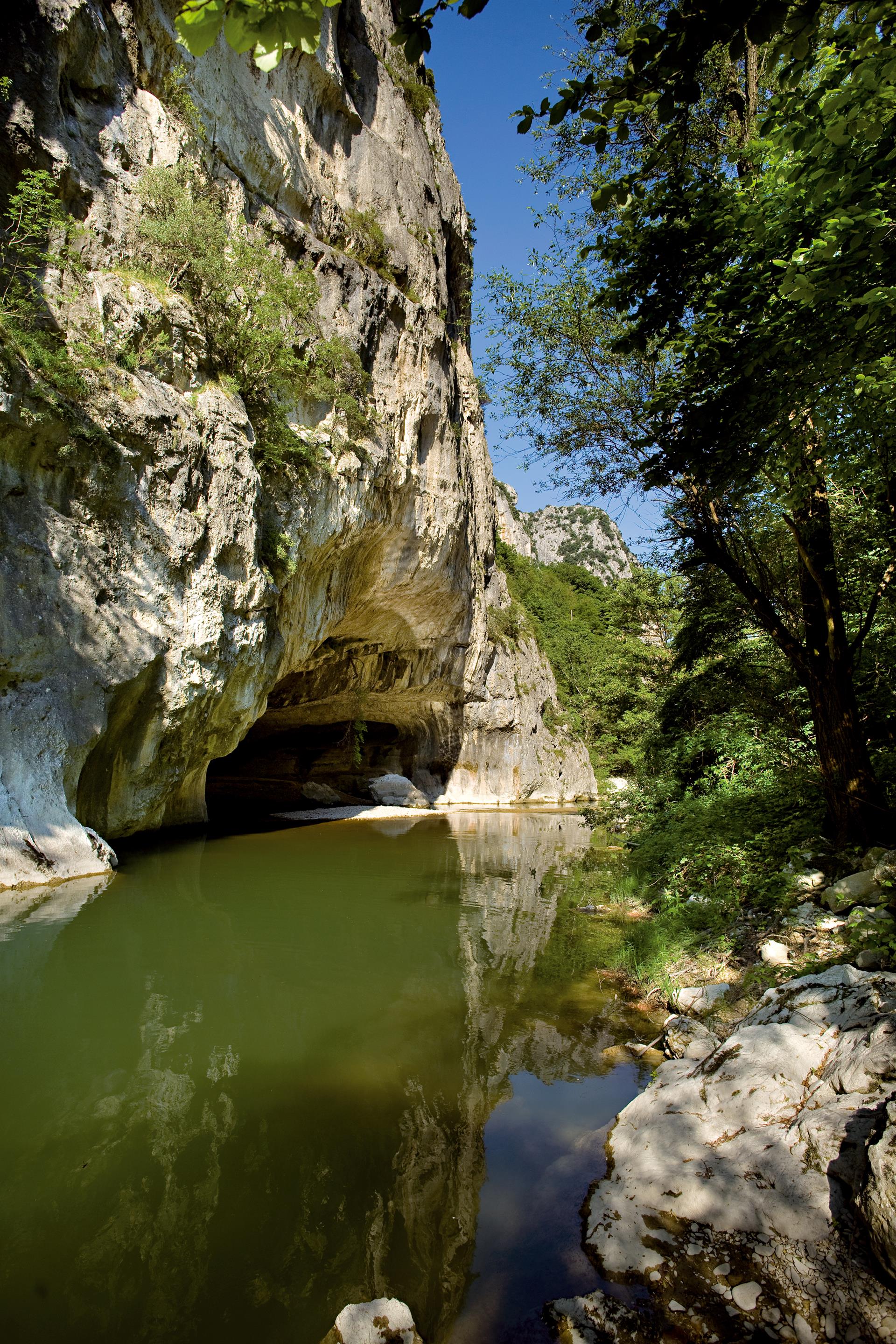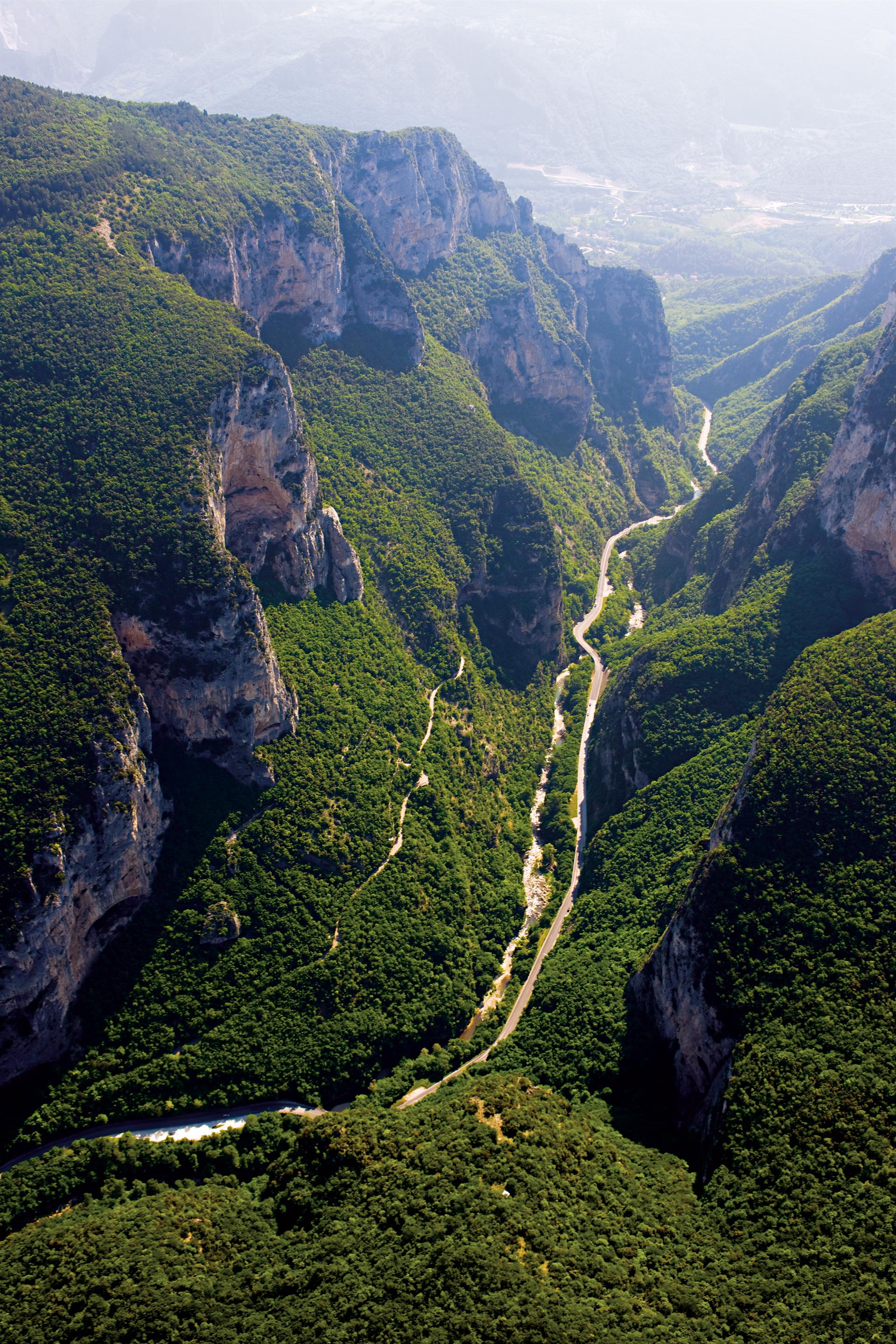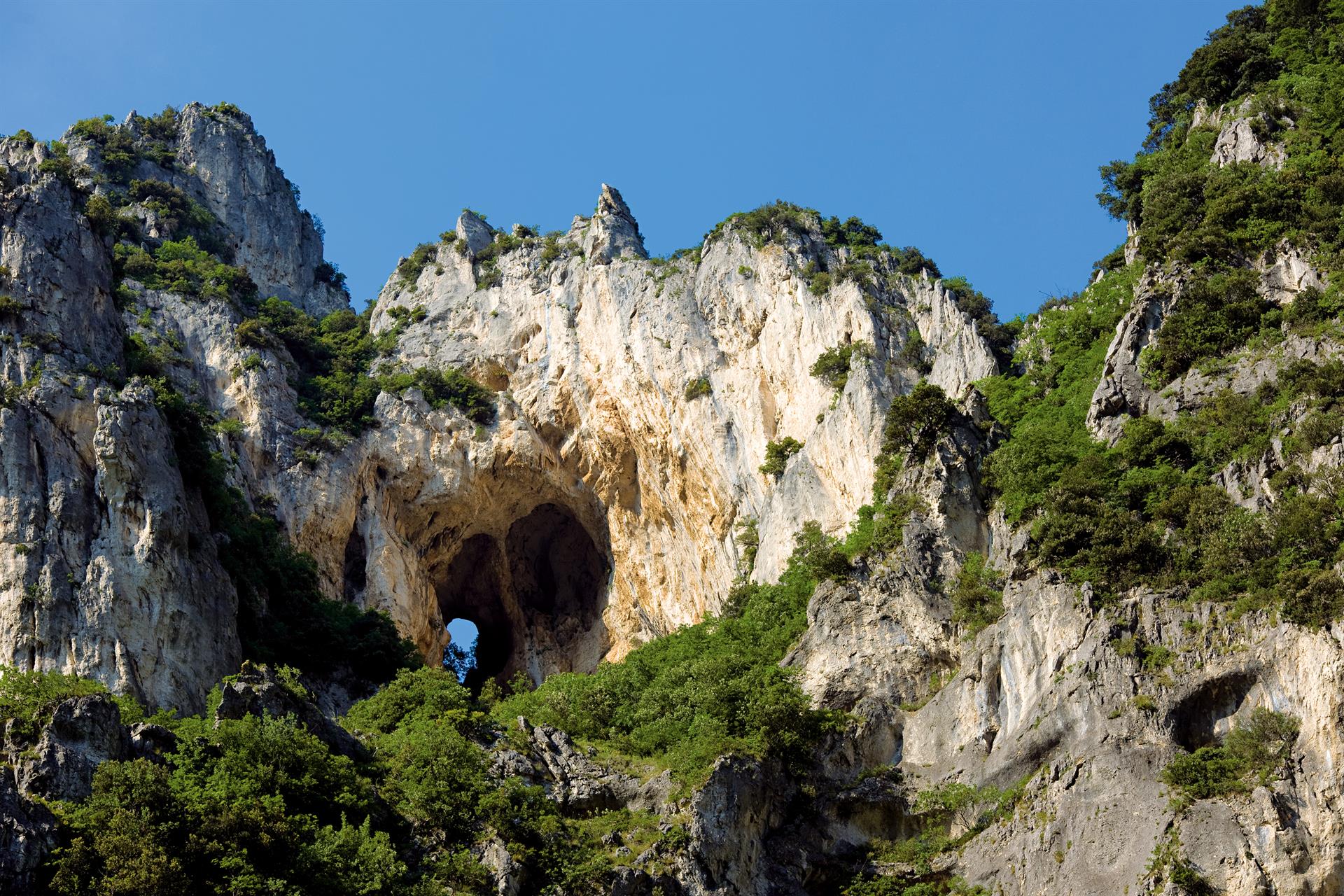Natura
Le
guide turistiche abilitate e con esperienza pluriennale programmano e
realizzano visite nel Comune di Genga.
I visitatori che scelgono Genga come destinazione turistica avranno la
possibilità di scoprire e approfondire la storia, l’arte e la cultura,
conservate in questo territorio dall’era paleolitica sino ai giorni nostri,
come il castello di Genga, il Santuario Madonna di Frasassi con l’eremo infra Saxa,
l’abbazia di San Vittore delle Chiuse, il borgo longobardo di Pierosara, i
musei Arte Storia Territorio di Genga e quello Speleopaleontologico e Archeologico
di San Vittore. Le guide turistiche regolarmente abilitate e con esperienza
pluriennale programmano e realizzano visite turistiche attraverso servizi di
assistenza multilingue per singoli viaggiatori, famiglie, gruppi, scuole.
Guide Turistiche: https://www.regione.marche.it/Entra-in-Regione/Marche-Turismo/Professioni-turistiche-Agenzie-di-viaggio-e-operatori-incoming/Professioni-turistiche#Elenchi-regionali-e-tariffe
a) Escursioni
e trekking
Il
Comune di Genga è inserito all’interno del territorio del Parco Naturale
Regionale della Gola della Rossa e di Frasassi, un’oasi naturale che offre la
possibilità di effettuare escursioni ricche di panorami mozzafiato nei numerosi
sentieri, potendo ammirare le ricchezze floro-faunistiche tipiche dell’ambiente
pre-appenninico. Percorrere i sentieri del Parco potrà infatti consentire al
viaggiatore di comprendere i fenomeni carsici presenti nell’area delle gole di
Frasassi e della Rossa attraversate rispettivamente dai fiumi Sentino ed Esino,
conoscere la grande biodiversità di organismi viventi, con 1250 specie
botaniche quali il Leccio, la Roverella, la Rosa Canina, lo Scotano, il Carpino
Nero, l’Orniello, l’Acero, il Corniolo, la Sanguinella, alcune di esse molto
rare come la Moehringia
papulosa, la Potentilla
caulescens ,
il Rhamnus
saxatilis ,
la Saxifraga
australis e
la Ephedra
major ed osservare la fauna vivente come le 29 specie di anfibi e rettili
esistenti come il celebre Geotritone Italico ed il Cervone, le 105 specie di
uccelli nidificanti come l’Aquila Reale, l’ Astore ,
il Biancone ,
il Nibbio
Reale , il Falco
Lanario e il Falco
Pellegrino,il
Gheppio, la Civetta ,
il Barbagianni ,
l' Allocco, il Gufo reale e le 40 specie di mammiferi come
il Cinghiale ,
il Daino ed
il Capriolo,
il Cervo,
il Gatto
selvatico la Puzzola,
la Volpe , il
Lupo, la Donnola ,la
Faina,
il Tasso,la
Lepre, lo Scoiattolo,
l’Istrice,
il Topo
Quercino,
il Riccio,
la Talpa
cieca, il Toporagno
e colonie di Pipistrelli del
Parco tra le più importanti d’Europa, che contano oltre 12.000 di
Miniotteri.
Di
seguito alcune tra le escursioni più suggestive proposte all’interno del Parco
Naturale Regionale della Gola della Rossa e di Frasassi, la più grande area
protetta regionale che si estende su una superficie complessiva di 10026
ettari.
Guide naturalistiche: https://www.regione.marche.it/Entra-in-Regione/Marche-Turismo/Professioni-turistiche-Agenzie-di-viaggio-e-operatori-incoming/Professioni-turistiche#Elenchi-regionali-e-tariffe
SENTIERO
DELL’AQUILA IT
4.05 GRUPPO VALMONTAGNANA • Escursione » outdooractive.com
SENTIERO
DEL PAPA – VALLE SCAPPUCCIA IT
4.08 GRUPPO VALMONTAGNANA • Escursione » outdooractive.com
GROTTA
DEL MEZZOGIORNO - FORO DEGLI OCCHIALONI – GRADONI Foro
degli Occhialoni e Monte Frasassi • Escursione » outdooractive.com
GROTTA
DEL VERNINO – MONTE MURANO IT
4.04 GRUPPO VALMONTAGNANA • Escursione » outdooractive.com
EREMO
GROTTAFUCILE – MONTE REVELLONE IT
5.12 GRUPPO S. VICINO • Escursione » outdooractive.com
MONTE
SANT’ANGELO IT
4.02 GRUPPO VALMONTAGNANA • Escursione » outdooractive.com
PINETA
DEGLI AUSTRIACI – MONTE PREDICATORE Anello
Lago Fossi - Monte Predicatore • Escursione » outdooractive.com
MONTE
VALLEMONTAGNANA IT
4.07 GRUPPO VALMONTAGNANA • Escursione » outdooractive.com
MONTE
FRASASSI IT
4.01 GRUPPO VALMONTAGNANA • Escursione » outdooractive.com
GREENWAY
FIUME SENTINO
Escursione
didattica che consente la passeggiata facilitata anche alle persone con ridotte
capacità motorie o sensoriali, mediante rampe, mappe tattili, appoggi
ischiatici, funi guida e tavole in legno "batti bastone" che
permettono di condurre il visitatore anche attraverso il solo senso del tatto.
Tempo:
15 min
Difficoltà:
T (TURISTICO)
Lunghezza:
1 Km
Dislivello:
0 m.
Info Point
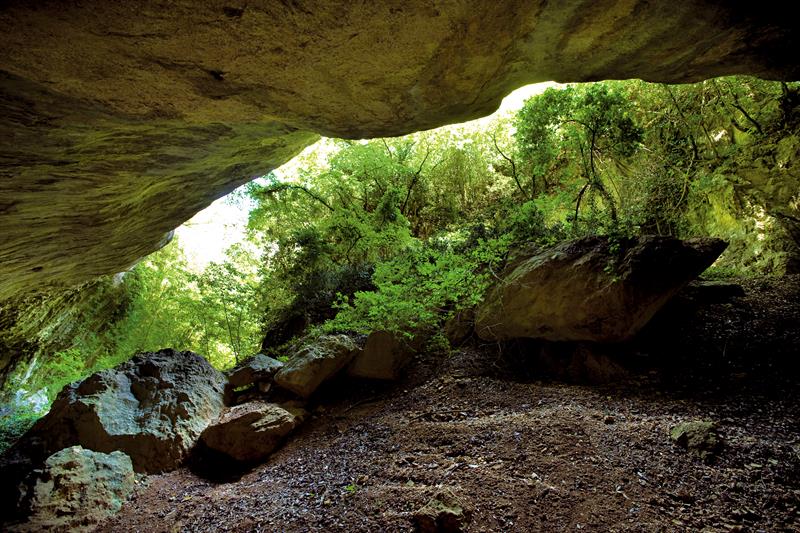
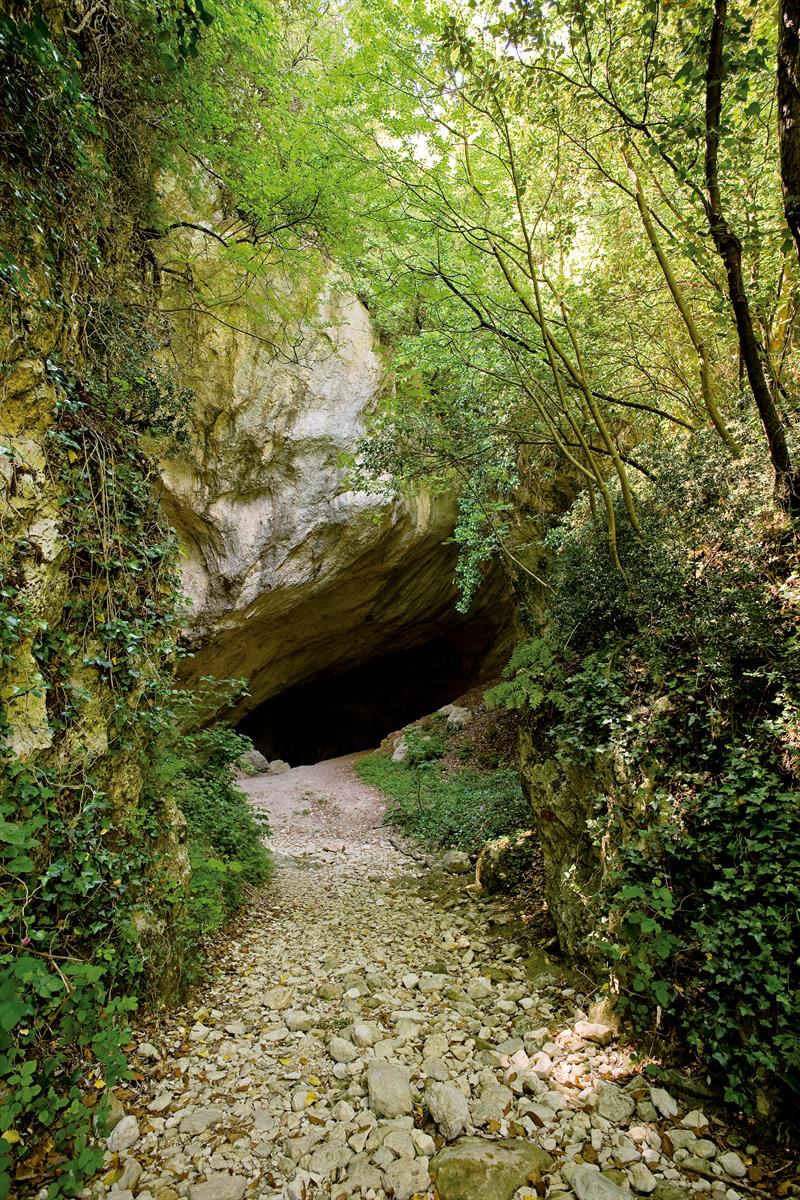
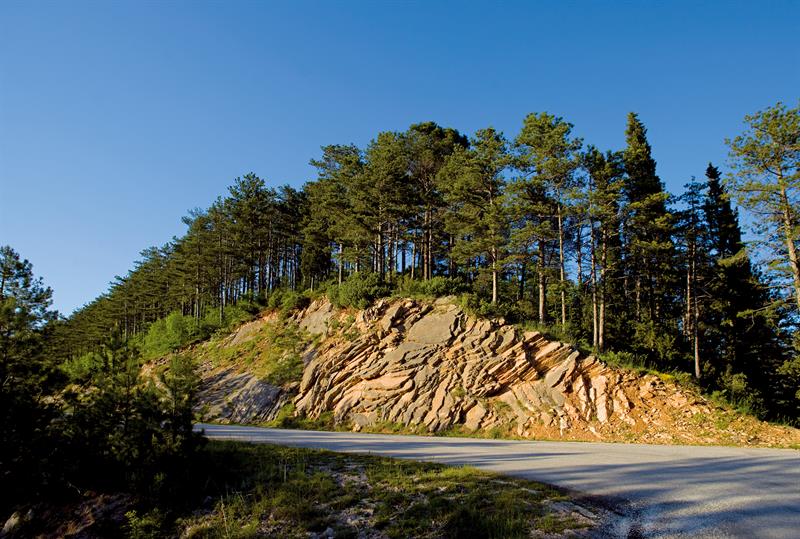
Percorsi MTB e E-bike
Percorsi
suggestivi completamente immersi nella natura incontaminata. Se sei un ciclista
non puoi non venire a Genga. In bici o mountain bike ne rimarrete estasiati.
GENGA
Cicloturismo
https://www.noimarche.it/it/cicloturismo/bike-genga/39/genga/105.html
GENGA
e le GROTTE DI FRASASSI
Cicloturismo
https://www.noimarche.it/it/cicloturismo/bike-genga/39/genga-e-le-grotte-di-frasassi/106.html
GENGA in MTB
Mountain Bike
https://www.noimarche.it/it/cicloturismo/bike-genga/39/genga-e-le-grotte-di-frasassi/102.html
Percorsi
a cavallo
Da Tribbio a valle Scappuccia. Un sentiero
appassionante e impegnativo per persone con esperienza a cavallo.
Parco Avventura
Frasassi Avventura si sviluppa in un'area
verde recentemente riqualificata ed attrezzata, lungo le sponde del fiume
Sentino e all'interno del Parco Naturale Regionale Gola della
Rossa e di Frasassi. E' pronta ad ospitare quanti vogliano trascorrere una
giornata all'aria aperta immersi nella natura e divertirsi in totale sicurezza
sui 5 percorsi avventura destinati a grandi e bambini.
Vie
ferrate
Escursioni e panorami mozzafiato. Per gli
amanti dell’outdoor e il trekking, questo è il posto dove andare.
Falesie di arrampicata
Le Marche sono una regione stupenda ed
affascinante non solo per l’arrampicata ma anche per la bellezza della natura.
Alcune delle salite non hanno nulla di meno di altre famose scalate in luoghi
ben più noti. Un’esperienza unica da
provare per gli amanti del climbing.
http://www.climbook.com/aree/651-italia-marche-gola-della-rossa
Speleologia
La
Grotta Grande del Vento, aperta alla fruizione turistica dal 1974, offre la
possibilità di una prima conoscenza degli ambienti carsici ipogei. La speleologia,
come pratica di attività di esplorazione, documentazione, ricerca scientifica
in ambienti naturali del tutto particolari ed ecologicamente fragili, esula
dalla dimensione esclusivamente sportiva. I gruppi speleologici operanti nella
regione organizzano periodicamente corsi di introduzione che permettono di
accostarsi a questa disciplina con sicurezza ed in modo ecologicamente
corretto.
Attenzione alcuni ambienti ipogei sono soggetti a regolamentazione degli
accessi.
https://parcogolarossa.it/accesso-alle-grotte/
Gomming,
kayak e canoa
I fiumi Sentino ed
Esino, che attraversano rispettivamente le Gole di Frasassi e della Rossa,
presentano lunghi tratti idonei alla pratica di questi sport d'acqua. Nel
pianificare una discesa, come per tutti i corsi d'acqua a carattere
torrentizio, è bene tenere conto delle condizioni idriche locali, al variare
delle quali possono cambiare significativamente la praticabilità e la
difficoltà del percorso.
Oasi WWF Bosco Frasassi e centro recupero rapaci
OASI
WWF BOSCO FRASASSI e CENTRO RECUPERO RAPACI WWF
Visite
guidate dedicate agli uccelli rapaci del Parco Gola della Rossa e di Frasassi
(aquila reale, nibbio reale, lanario, pellegrino, astore, biancone, ecc.)
presso l'Oasi WWF bosco Frasassi e al Centro recupero rapaci, dove è possibile
osservarli nelle voliere, pronti per essere liberati in natura.
Comitato
oasi WWF bosco Frasassi
JACOPO ANGELINI
Loc. Serra - Genga
jaco.angelini@gmail.com
338 5984638
